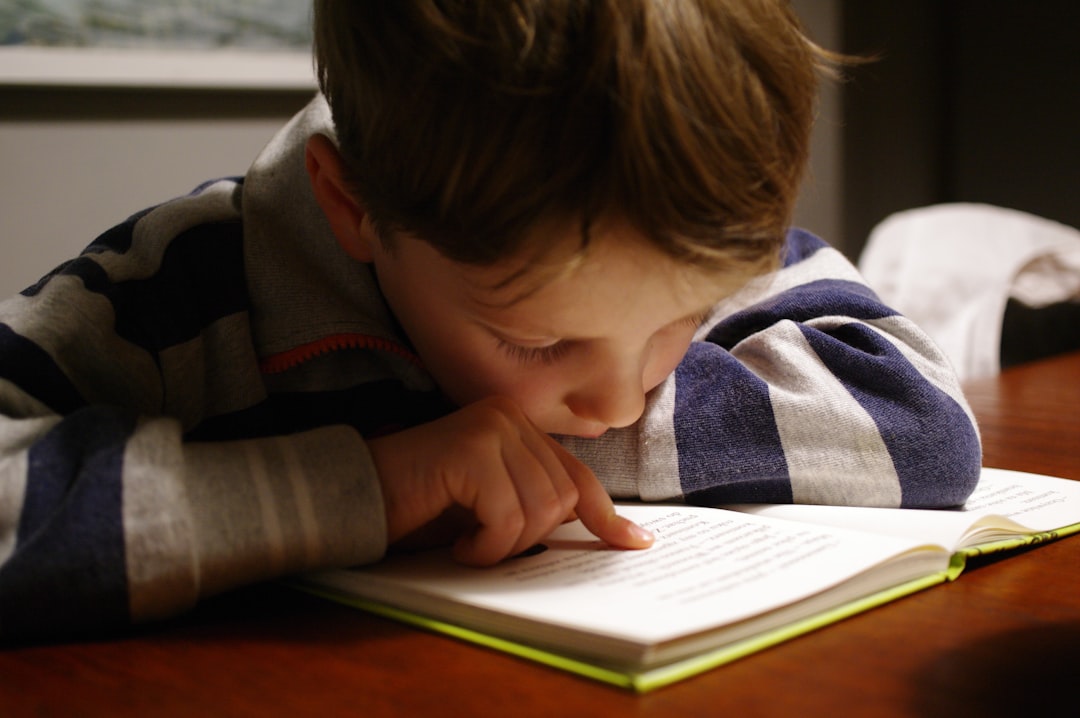What is it about?
The study included students' racial and linguistic status, socioeconomic status, sex, and prior academic performance along with the school’s proportion of free-lunch recipients and minorities to understand how preventive program participation affects students of diverse groups.
Featured Image

Photo by Ivan Aleksic on Unsplash
Why is it important?
Although it’s highly instrumental for all high school students – especially those in their rapid growth years – to partake in sports and other physical activities, the reality, unfortunately, depicts the opposite. There are disparities observed in the number of students who are participating in sports. The study implemented a hierarchical linear mediation modeling to assess student dropouts with sequential mediators of sport participation, school misbehavior, and suspension.
Perspectives
This study added new empirical evidence covering racial and linguistic disparities in sports participation and examined the differential effects of sports participation among high school students from various backgrounds, serving as a platform for future studies. The school factors (e.g., the proportions of eligible students for free lunch or minority students) for dropout were meaningful only in the Black model with enough variance at the school level. This implies that, unlike in other racial groups, Black students perceived that they had experienced a mechanism of systematic inequality.
Researcher in Public Affairs & Health Science Jiwon N. Speers
Florida Agricultural and Mechanical University
Read the Original
This page is a summary of: Do sports help students stay away from misbehavior, suspension, or dropout?, Studies In Educational Evaluation, September 2021, Elsevier,
DOI: 10.1016/j.stueduc.2021.101066.
You can read the full text:
Resources
Contributors
The following have contributed to this page










